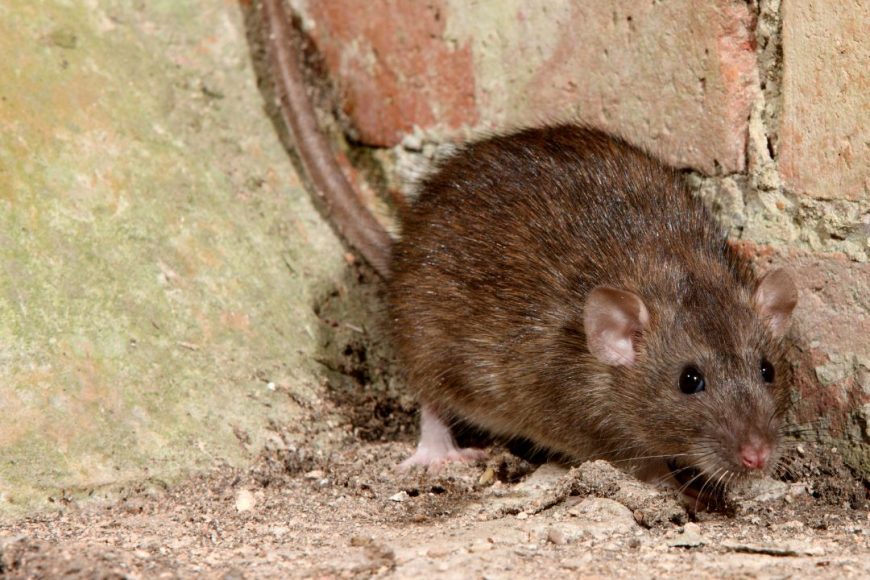- By Caleb
- In RESIDENTIAL
- Tags Rat Control, Rat Exterminator, Rodent Control
Fill out the form below and a Cypress Creek representative will be in touch with you about your pest control needs.

Texas, with its diverse landscapes and climates, is home to various rodent species. These small mammals can be found in urban areas, rural farmlands, and wild terrains across the state. Understanding the most common rodents in Texas is crucial for effective pest management and conservation efforts.
House mice are highly adaptable and can thrive in human dwellings, barns, and fields. They prefer areas with readily available food and shelter.
They are nocturnal and prolific breeders, capable of producing several litters each year. House mice are known for their gnawing habits and can cause significant damage to structures and stored food.
Norway rats prefer lower levels of buildings, basements, and sewers. They are also common in agricultural areas and near bodies of water.
These rats are burrowers and can be aggressive. They are excellent swimmers and climbers, making them adept at invading various environments.
Roof rats are agile climbers and are often found in higher areas of buildings, such as attics and roofs. They are also common in coastal areas.
They are nocturnal and social animals, often living in colonies. Roof rats are known for their destructive chewing habits and can spread diseases.
Deer mice prefer rural settings, including forests, grasslands, and agricultural fields. They are less commonly found in urban areas.
These mice are excellent climbers and jumpers. They are known carriers of hantavirus, making them a health concern.
Cotton rats thrive in dense vegetation, such as fields, gardens, and marshes. They are particularly common in southern Texas.
Cotton rats are active both day and night and have a high reproductive rate. They can cause significant damage to crops and gardens.
These mice prefer sandy soils, often found in deserts and prairies. They create burrows for shelter and storage.
Hispid pocket mice are primarily nocturnal and feed on seeds and insects. They have cheek pouches for carrying food.
Each of these rodent species plays a unique role in Texas’s ecosystem, but they can also pose challenges to human populations. Effective management and control strategies are essential for minimizing their impact on homes, agriculture, and health. If you encounter any of these rodents, consider consulting a pest control professional for advice and assistance.